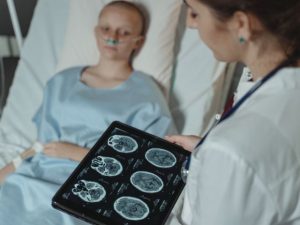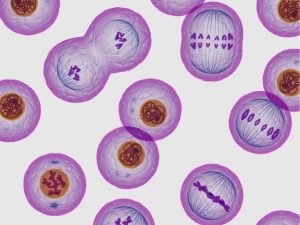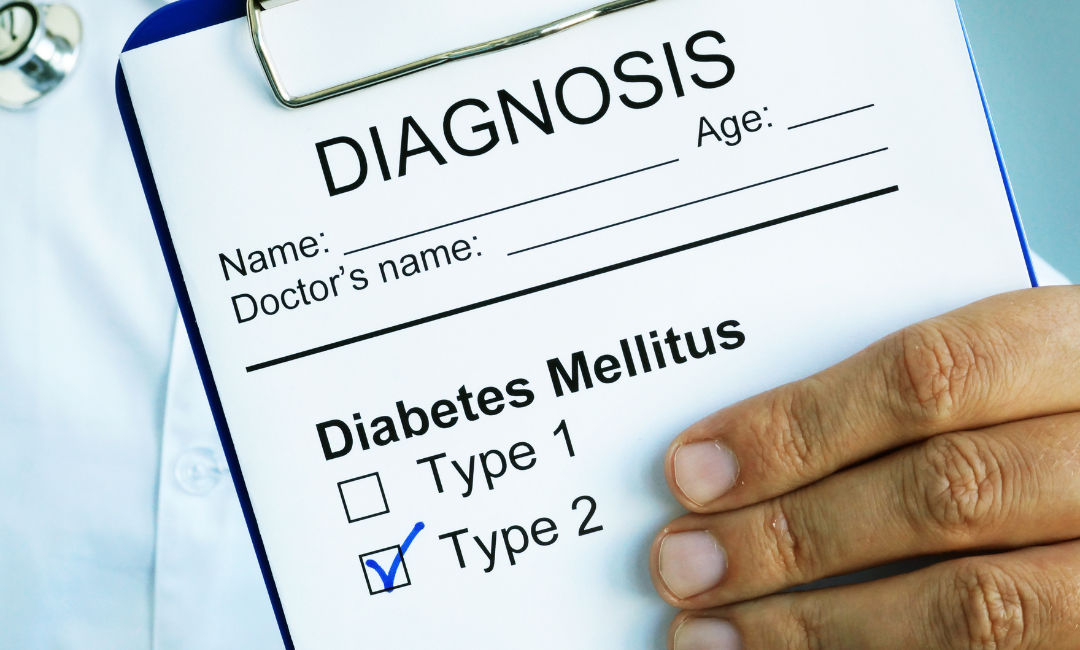Alkylating Agents Clinical Considerations
When we talk about the clinical pharmacology of alkylating agents, we need to keep these things in mind:
Melphalan may cause a decrease in renal function and increased blood urea. Administer it with caution in renal compromised patients and monitor their kidney functions daily.
Procarbazine may cause high blood pressure with tyrosine-rich foods, such as cheese, chicken, peanuts, milk, and others.
Cisplatin can cause diuresis. Therefore you must monitor serum potassium and magnesium in patients receiving it.
Oxaliplatin can cause anemia. Therefore keep an eye on the blood counts of the patients receiving it.
Procarbazine can cause disulfiram-like effects with alcohol. Ask the patient to avoid alcohol intake while on its chemotherapy.
Cisplatin and cyclophosphamide can lower the platelet count and increase the risk of bleeding. Therefore administer it with caution, especially if the patient is already receiving anticoagulant drugs.
Cisplatin, along with amiodarone, may cause arrhythmias. Monitor electrolytes if you are administering these two drugs together.
The use of dacarbazine along with nalidixic acid may cause severe drug interaction. The combination can cause bleeding, bruising, nausea and weakness.
Avoid chlorambucil if the patient has infections, as it induces myelosuppression.
Oxaliplatin can cause pulmonary fibrosis. Therefore exercise caution while administering it to pulmonary compromised patients.








